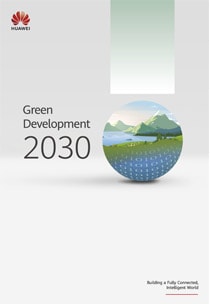Back to Main Menu
Huawei Websites
- Corporate
- Corporate news and information
- Consumer
- Phones, laptops, tablets, wearables & other devices
- Enterprise
- Enterprise products, solutions & services
- Carrier
- Products, solutions & services for carrier networks
- Huawei Cloud
- Cloud products, solutions & services
Select a Country or Region
- Australia - English
- Brazil - Português
- Canada - English
- China - 简体中文
- Europe - English
- France - Français
- Germany - Deutsch
- Ireland - English
- Italy - Italiano
- Japan - 日本語
- Kazakhstan - Қазақ тілі
- Kazakhstan - Pусский
- Kenya - English
- Korea - 한국어
- Malaysia - English
- Mexico - Español
- Mongolia - Mонгол
- New Zealand - English
- Netherlands - Nederlands
- Poland - Polski
- Romania - Română
- Russia - Pусский
- Singapore - English
- South Africa - English
- Spain - Español
- Switzerland - Deutsch
- Switzerland - Français
- Switzerland - Italiano
- Switzerland - English
- Tanzania - English
- Thailand - ภาษาไทย
- Turkiye - Türkçe
- Ukraine - Українська
- United Kingdom - English
- Uzbekistan - Pусский
- Uzbekistan - O’zbek
- Vietnam - Tiếng Việt
- Global - English
Quick Links
This site uses cookies. By continuing to browse the site you are agreeing to our use of cookies. Read our privacy policy


Global Outlooks 2030
As we stand on the brink of a new era, the vision of an intelligent world by 2030 is becoming increasingly vivid and tangible. This report brings together insights from leading experts across various fields to explore how AI will transform our lives, industries, and society.
Indicator Prediction

General-purpose computing power (FP32) will reach 3.3 ZFLOPS, a 10-fold increase over 2020.

There will be 200 billion connections worldwide. IPv6 adoption will reach 90%.

There will be 1.6 billion fiber broadband subscribers.

82% of new vehicles sold will be electric vehicles.

84% of companies will have access to 10-gigabit Wi-Fi networks.

Every 10,000 workers in manufacturing companies will work with 1,000 robots.

Renewables will account for 65% of all electricity generation globally.

Privacy-enhancing computation technologies will be used in more than 50% of computing scenarios.






































